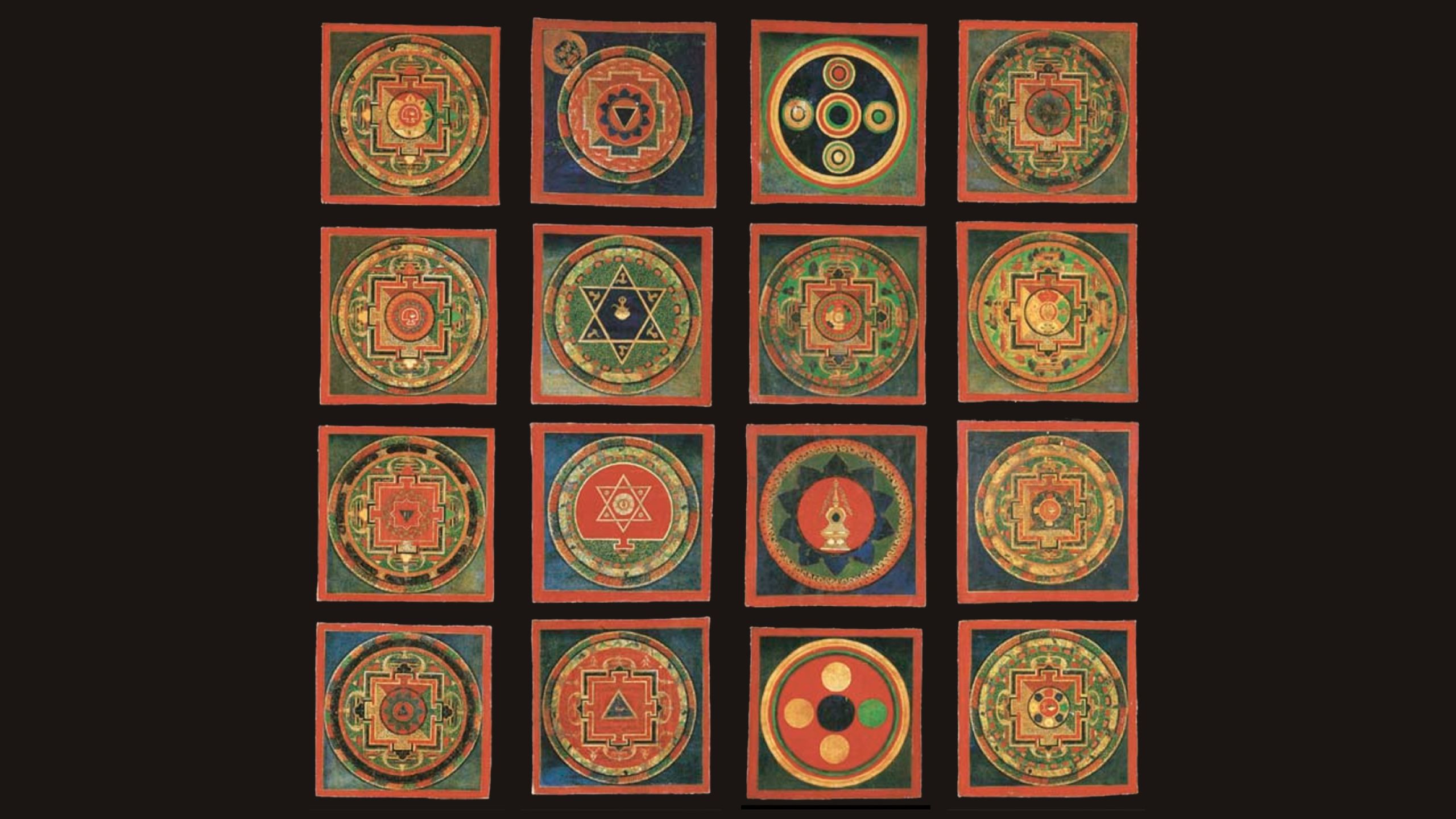Of course, he could have playfully responded that he would also need to remove everything English, and everything Vedantic, from my own formulations. If he did remove everything cultural, religious and spiritual from both Tibetan Buddhism and my own formulations, he would arrive at the recognition which all the great wisdom traditions have endeavoured to express. There, being shines as it is – luminous, untarnished and complete.
When the mind rises again, it tries to name the ineffable. In the Tibetan Buddhist tradition, it is known as ‘Dzogchen’, which means the ‘Great Perfection’. As Tsoknyi Rinpoche said, ‘our basic state has three qualities: empty essence, cognizant nature and unconfined capacity’.1 Our essence is empty, it is knowing and it is without limits. This is the essence of the non-dual understanding, which is formulated in the Vedantic tradition as ‘sat chit ananda’.
‘Empty essence’ is equivalent to being (sat). Why is being described as empty? Being has no objective qualities or features. It has no size, no shape, no colour. To say that being is empty is not a nihilistic statement, as is commonly assumed. Being is only said to be empty from the point of view of the object-knowing mind. In its own experience of itself, being is full. It is full in the sense that it knows nothing other than itself. Being is full of itself alone: being only being, knowing only being and loving only being.
‘Cognizant nature’ refers to knowing or consciousness (chit). Consciousness is that which knows, or illuminates, experience. Just as the sun renders the earth visible with its physical light, so consciousness renders experience knowable.
‘Unconfined capacity’ describes the way this empty, knowing essence works, so to speak. Tsoknyi Rinpoche has called this an unimpeded ‘ability’ or ‘power’.2 While this is not equivalent to the third aspect of the Vedantic formulation – ananda, which could be translated as ‘peace’ or ‘quiet joy’ – perhaps the two expressions reflect two different views of the limitless nature of reality. Our essence is without limits, and so it operates with an ‘unconfined capacity’ – a delightful freedom that is experienced as peace and happiness from the human point of view.
The great Vedantic equation, sat chit ananda, suggests that the knowing of being is itself the experience of peace. That is, peace is the taste of being. It only seems to be otherwise when being and consciousness are considered separate, that is, when the nature of the world (being) and the nature of our self (consciousness) are assumed to be two things. This is duality in which suffering is inherent. The collapse of duality restores the unity of being in which peace and happiness shine. This is perhaps why B. Alan Wallace emphasises that, in the Dzogchen tradition, one must recognise ‘the union of luminosity and emptiness’.
In the Vedantic tradition, this ‘union of luminosity and emptiness’ is described as the union of consciousness and being. If we look inside, we recognise consciousness as the essence of our own mind. If we look outside, we recognise being as the substance and reality of existence. Ultimately, we recognise that the essence of our self and the essence of the universe is one. This is the understanding that lives at the heart of all the great religious and spiritual traditions. It is the oneness of reality that shines as love in our hearts and as beauty in the world.3
1 Fearless Simplicity: The Dzogchen Way of Living Freely in a Complex World, p. 88
2 Ibid, p. 43
3 Translator’s Introduction, Open Mind: View and Meditation in the Lineage of Lerab Lingpa, p. xlvi
